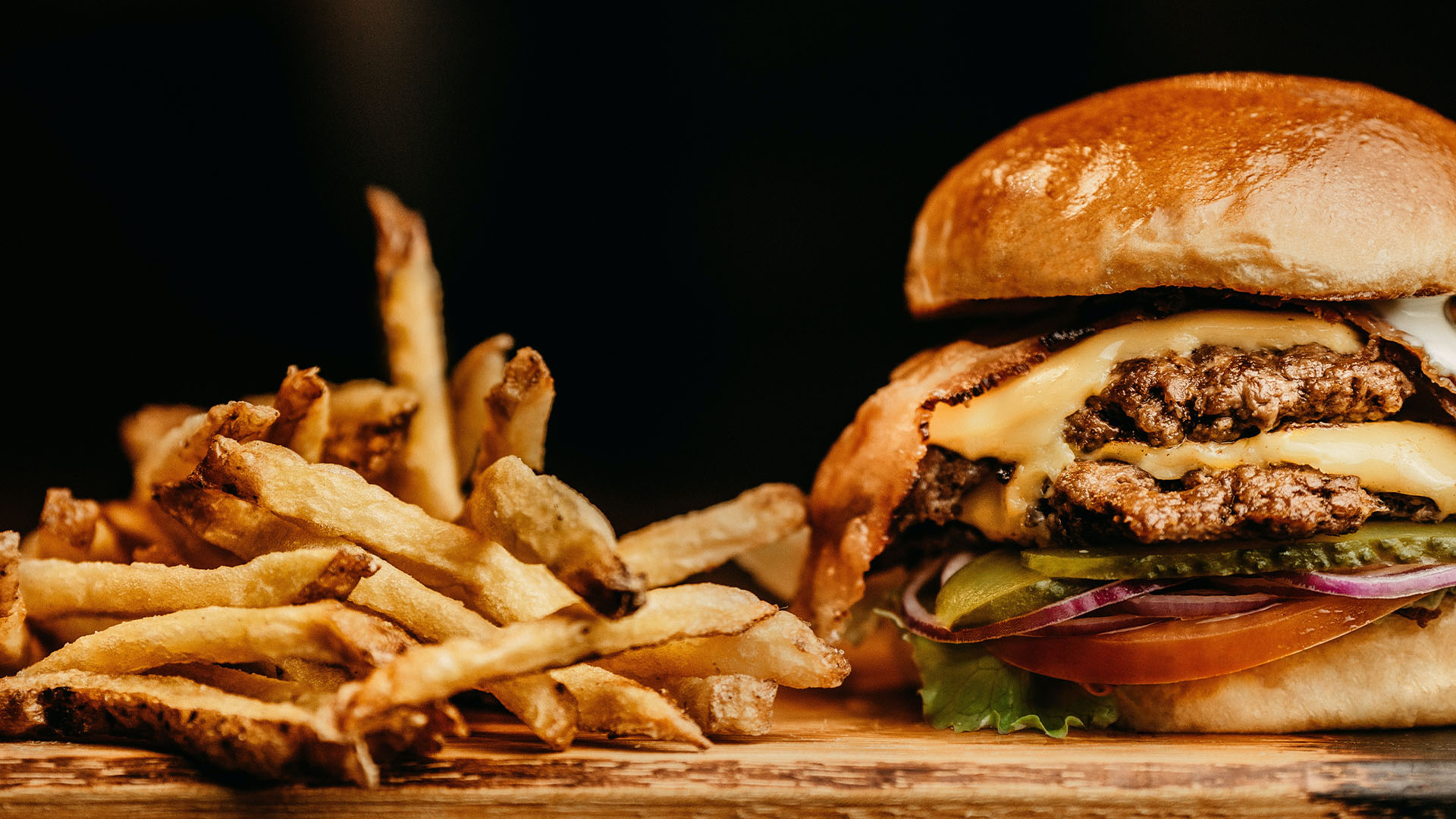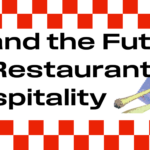Published by
The path to building a loyal customer base in the QSR sector has become somewhat jagged since the pandemic hit. What brands might have perceived as important, before everything went digital and consumers’ belts tightened, has since shifted. Having an app, web-ordering and access to third-party services is no longer enough for restaurants to secure their future customer base if it doesn’t cast light on individual customer preferences.
Why is this more important than ever? Because we’re witnessing consumers getting back into the swing of normal life and taking up the opportunity to try new dine-in restaurants or return to routine grocery shopping. Anticipated QSR sales in the U.S. this year won’t be enough to offset losses that stacked up against the hard-hit industry. Even the most established QSRs, including Taco Bell, Chick-Fil-A, and Panera Bread, will need to continue to iterate on their tactics in order to retain customers’ much-divided attention.
The constant iteration in the market piqued our interest and we wanted to investigate how market leaders are currently using personalization in their digital channels. So we took a deep dive into some of our favorite brands alongside our friends at Amplitude (a leading digital optimization company), and specifically investigated the first 21 days of the brand/customer relationship. We built robust customer profiles providing as much data about our preferences as possible, and used web, app, email, SMS, and push to examine personalization tactics.
Why did we focus on the first 21 days? Because building brand loyalty starts — and can end — in this critical onboarding period. It’s also a strong predictor of long-term digital engagement and, according to our research, isn’t being used as effectively as it could be.
I’m going to lead with Taco Bell as the primary example. I placed my order on day one, opted-in for marketing on web, and I didn’t hear from them again until 17 days later. That’s four days before the end of the onboarding period. I received a push notification with a “one size fits all” promotion, followed by nudges to join the loyalty program two and three days later.
That’s not to say Taco Bell doesn’t send more consistent notifications to more retained customers, but to receive only a basic level of segmentation — where groups of users get the same unique experience — was a less than overwhelming experience considering I consented to marketing, and I gave them quite a bit of information about myself in the registration process and through my multiple orders.
For comparison purposes, let’s talk about Panera Bread, too. I received a welcome offer and a certain level of segmentation through loyalty rewards, but they took this a step further with a geo-location experience. So, when they reach back out to me, maybe for order routing, they’re aware of where I am — and that felt a little more personalized.
Across the 21 days, however, no one brand delivered the holy grail of marketing — what we call predictive personalization. These are recommendations that not even the customer knows they want, but find really intriguing when presented, such as (based on the fact that you continuously order vegetarian options) something like, “We have a new vegetarian menu item that we think you’ll love. Try it out and let us know what you think”.
Across the board, a distinct lack of engagement and series of impersonalized promotional emails, between Days No. 2 and 20, screams to us that QSRs are underestimating the power of using customer data they already collect. Yes, we were expecting more, but this research is revealing a real opportunity for QSRs.
It just goes to show, you can be implementing all the right technologies, but if you’re not taking a unified approach, using the first-party data, you’re missing a huge opportunity to add real value. We believe that traditional notions of marketing, embedded in the people and processes are likely what is holding QSRs back from personalization, not lack of data, technology or tools.
If you know what meals the customer likes most, when they’re most likely to order, and where they’re most likely to pick their order up from, you have a golden opportunity to capitalize on this information if you can effectively translate this knowledge to the consumer. And remember, from the minute you get a guest engaged on digital property, the clock starts.
That’s why it’s essential you take the lens of personalization as you ramp up the ways you communicate with customers and lean on AI-powered predictions to anticipate future behaviors. Every touchpoint should be made to feel like it was designed for each guest. The result? More frequent visits, greater ticket sizes, and an overall better impression of your brand.




